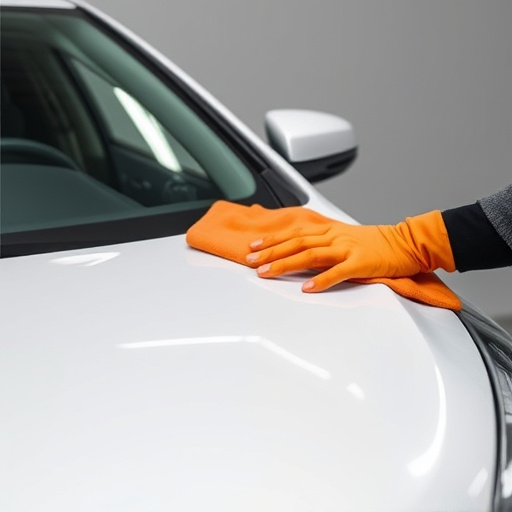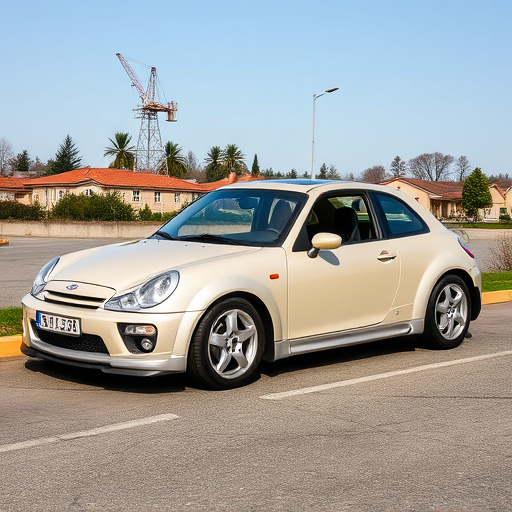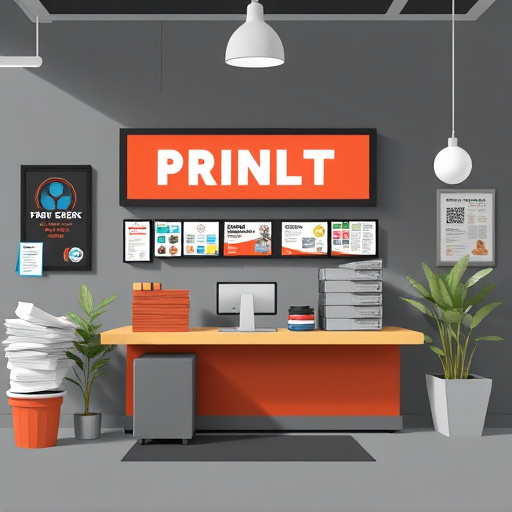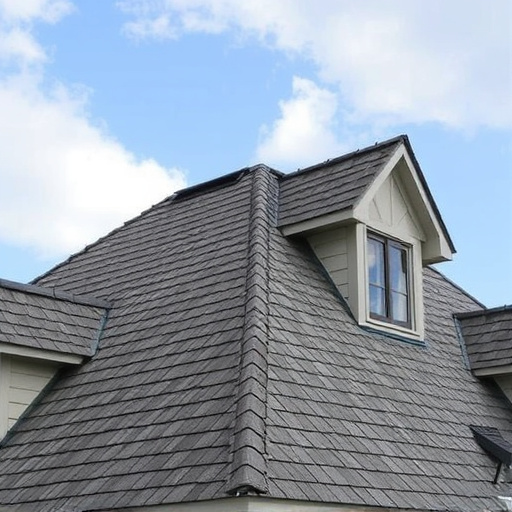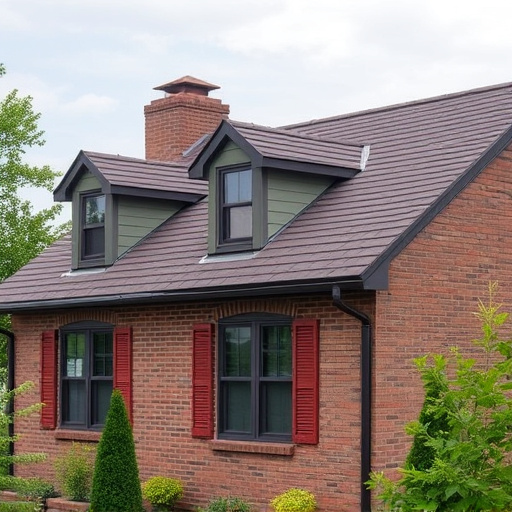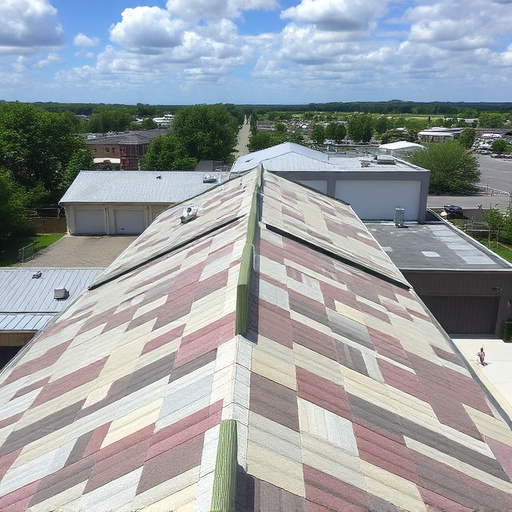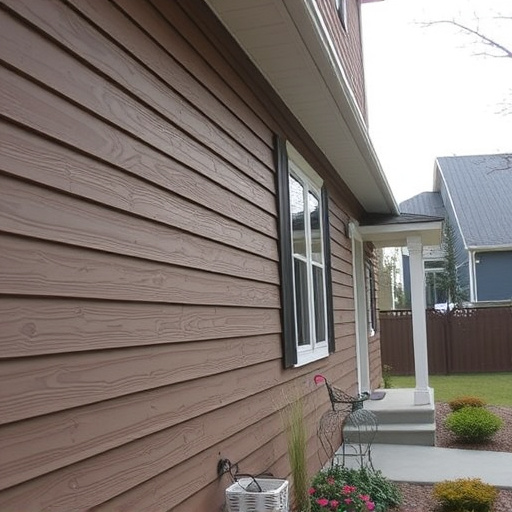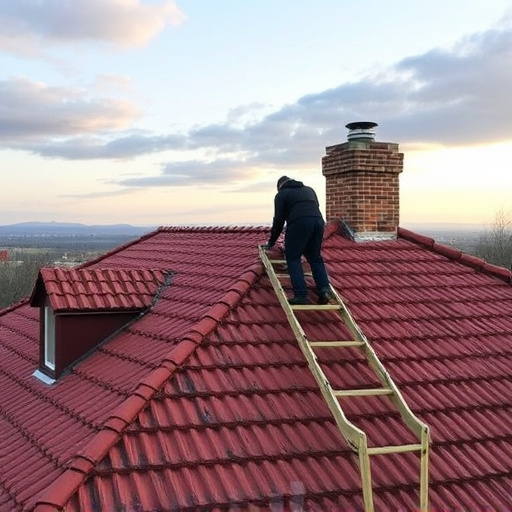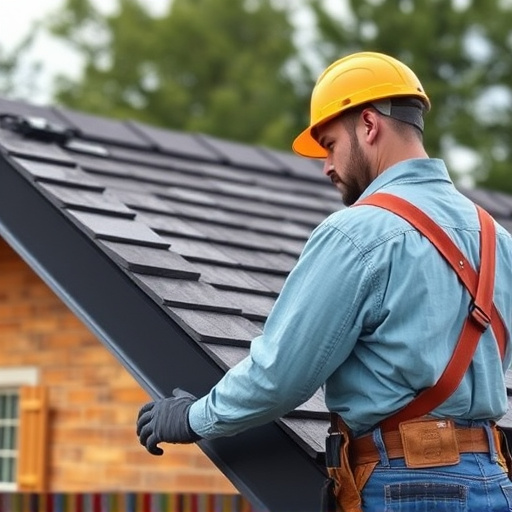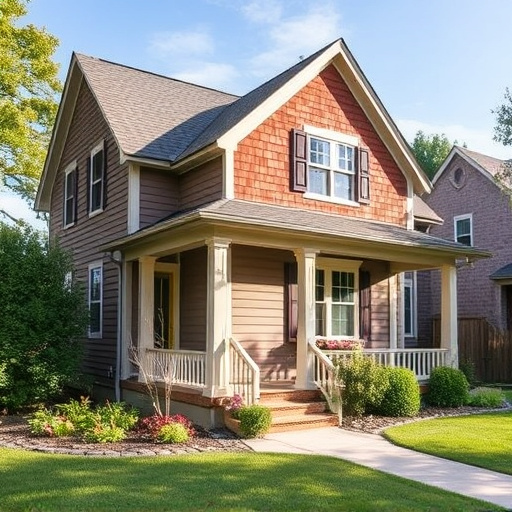When replacing a roof, consider material durability (affected by UV exposure, moisture resistance, local climate) for long-term protection against weather damage & future repair costs. Asphalt shingles offer affordability and 15-30 years, while metal roofs provide superior strength (25-50+ years). Wood shakes require meticulous upkeep, whereas metal or composite shingles are low-maintenance. Understanding these factors ensures informed decisions for a durable, long-lasting roof.
When considering a roof replacement, choosing materials that offer both aesthetic appeal and lasting durability is essential. This comprehensive guide explores the critical factors in selecting long-lasting roofing solutions. We delve into the durability of various materials, comparing asphalt shingles to metal roofing, as well as examining alternatives like clay, concrete, and composite tiles. Additionally, we provide insights on installation best practices and maintenance routines to ensure your new roof stands the test of time, offering both protection and peace of mind.
- Understanding Roof Material Durability
- – Factors influencing roof material longevity
- – Types of roofing materials and their average lifespan
Understanding Roof Material Durability
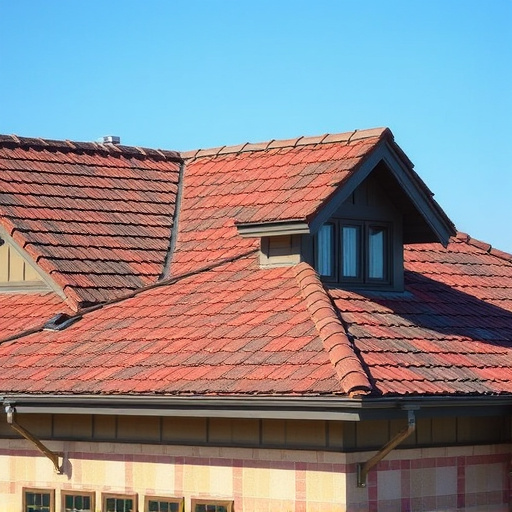
When considering a roof replacement, understanding the durability of different materials is paramount. The longevity of a roof depends not only on its initial quality but also on how well it withstands environmental factors like extreme weather conditions, UV exposure, and moisture. Different roofing materials have varying lifespans, so choosing one that aligns with your long-term needs is crucial. For instance, asphalt shingles are a popular choice due to their affordability and relatively high durability, typically lasting 15-30 years. On the other hand, metal roofs offer superior resilience, often guaranteed for 25-50 years or more, making them an excellent investment for those seeking long-lasting roofing solutions.
Beyond roof replacement, considering a material’s suitability for local climates and potential for future repair or maintenance is essential. Some materials are more susceptible to damage from strong winds, hailstorms, or heavy snow accumulation. Conversely, others may require regular cleaning to prevent buildup that can compromise their integrity. For example, wood shakes provide an aesthetically pleasing look but necessitate meticulous upkeep compared to the low-maintenance nature of metal or composite shingles. When it comes to roofing and siding services, understanding these nuances allows for informed decisions ensuring your roof’s longevity and minimizing future repair costs related to roofing replacement.
– Factors influencing roof material longevity
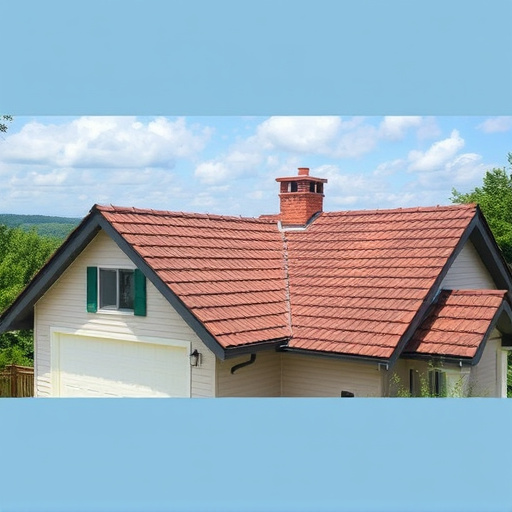
The longevity of a roof material is influenced by several key factors. Firstly, weather conditions play a significant role, with harsh climates and frequent extreme weather events testing the durability of roofing materials. Additionally, the quality and expertise involved in the initial installation process are critical; proper installation ensures materials are securely fastened, reducing exposure to potential damage. Over time, regular maintenance, including cleaning, inspection, and repairs (often facilitated by home service solutions or roofing services), can extend the life of a roof considerably.
Another factor is the material’s inherent resistance to elements like moisture, UV radiation, and pests. Some materials naturally withstand these challenges better than others. For instance, while asphalt shingles are widely used due to their affordability and ease of installation, they may not last as long as metal roofing in areas prone to high winds or intense sunlight. Comparing different roof replacement options, considering factors like these will help ensure a durable choice for your property, potentially reducing the need for frequent roof repair.
– Types of roofing materials and their average lifespan
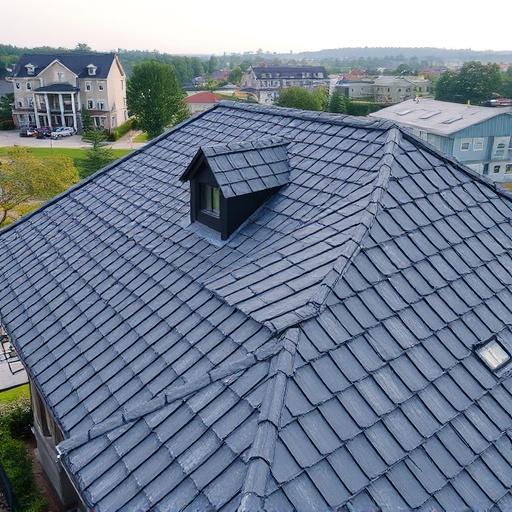
When considering a roof replacement, understanding the lifespan of various materials is key. Asphalt shingles are the most common choice, offering an average lifespan of 20-30 years with proper maintenance. Metal roofing, known for its durability, can last anywhere from 40 to 70 years, making it a popular long-term investment for homeowners. Tile roofs, while more expensive, boast an impressive lifespan of up to 50 years or more, providing excellent protection against the elements.
Wood shake roofs, despite their natural appeal, have a shorter lifespan of around 25 years due to their vulnerability to moisture and pests. Fiber cement siding, on the other hand, can withstand harsh weather conditions and typically lasts between 30-50 years, making it a solid choice for those seeking low-maintenance roofing services. In the event of storm damage repair, materials like metal and tile prove resilient, ensuring your roof remains intact during severe weather events. Even when considering siding installation as part of your roof replacement, these long-lasting materials offer peace of mind and significant savings in the long run.
When considering a roof replacement, understanding the durability and lifespan of various roofing materials is key. By evaluating factors like climate, local conditions, and material composition, you can make an informed decision that guarantees a long-lasting, protective barrier for your home. Remember, investing in high-quality materials with proven longevity can significantly reduce future repair costs and ensure your roof stands the test of time.





